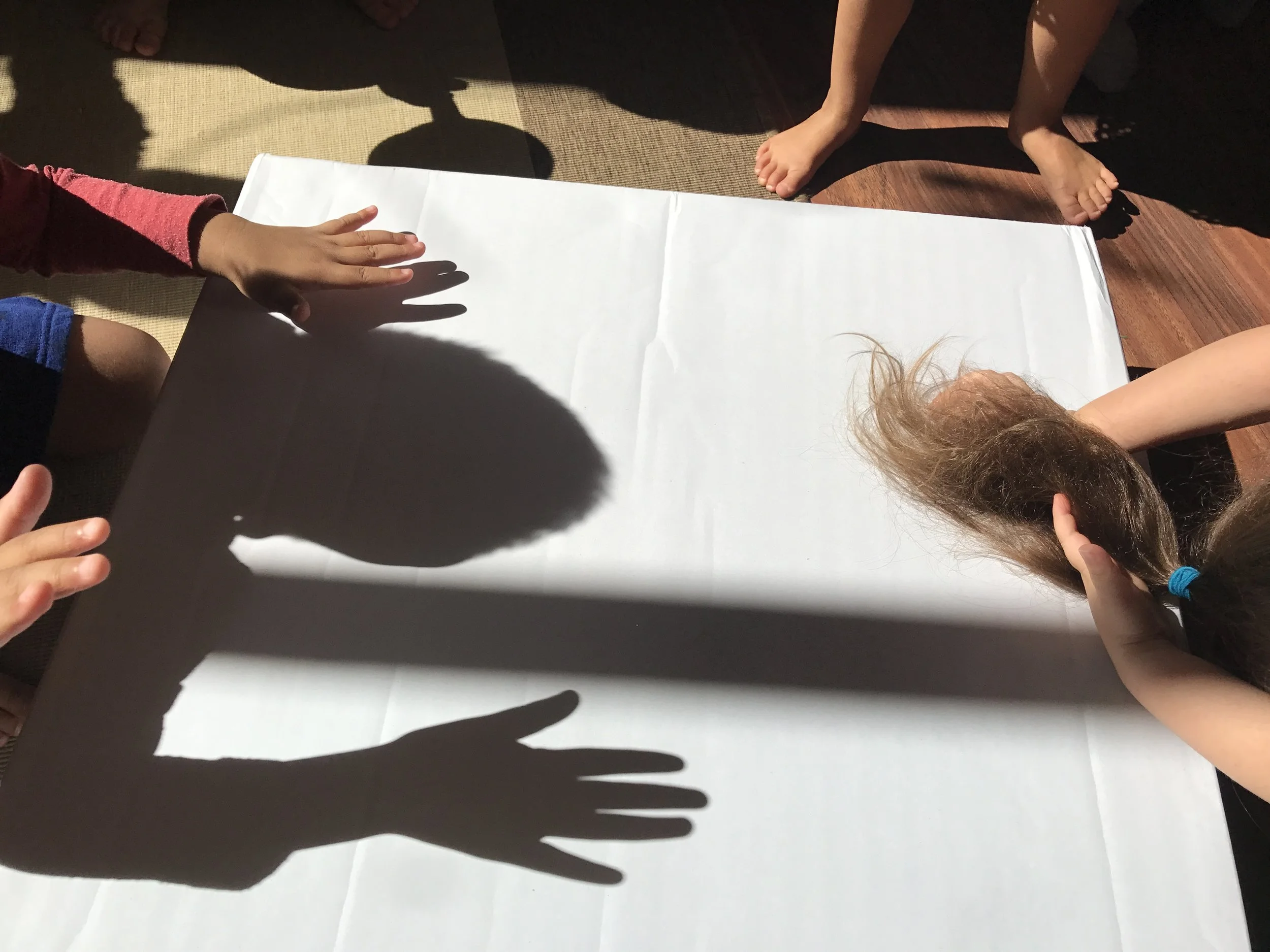Each year BMS focuses on a topic that can be explored by all ages. Last year was music, the year before that was paper. This year we are focusing on documenting how children form their identities. Once a child's sense of self is established, they are more likely to remember information that is related to themselves. From at least three-years-old, children are more likely to remember objects linked with themselves than those linked with another person.
As educators, the first thing we did was brainstorm: What words come to mind when you think or hear the words "child identity?"
*expressions *body parts *personality *body *culture *family *exploring *"me" *temperament *similarities & differences *likes & dislikes *birthday *language *feelings * traditions *habits *family *gender *routines *home *clothing *tastes *abilities *skills *knowledge *talents *wonder *"fantasy" *perceptions *choices *play *frustration *humor *questions *curiosity *fears *limits *rules
Next, we came up with specific questions about what we would like to know about how children form their identities. The two questions below are what we, the 3A teachers, are interested in answering this year.
- How does society/people's expectations impact a child's concept of self?
- How do peers influence a child's identity?
In the Reggio philosophy, the child has three teachers. First are the parents, second are the teachers, and third is the environment. Since you are your child's first teacher, we are interested in what you would like to know about children and their identities. Located above our class refrigerator is the beginning of our child identity panel. Please feel free to jot down your questions on the available post-it notes.
We end this post with a short clip of how the children explored their bodies and their shadows the other day.

